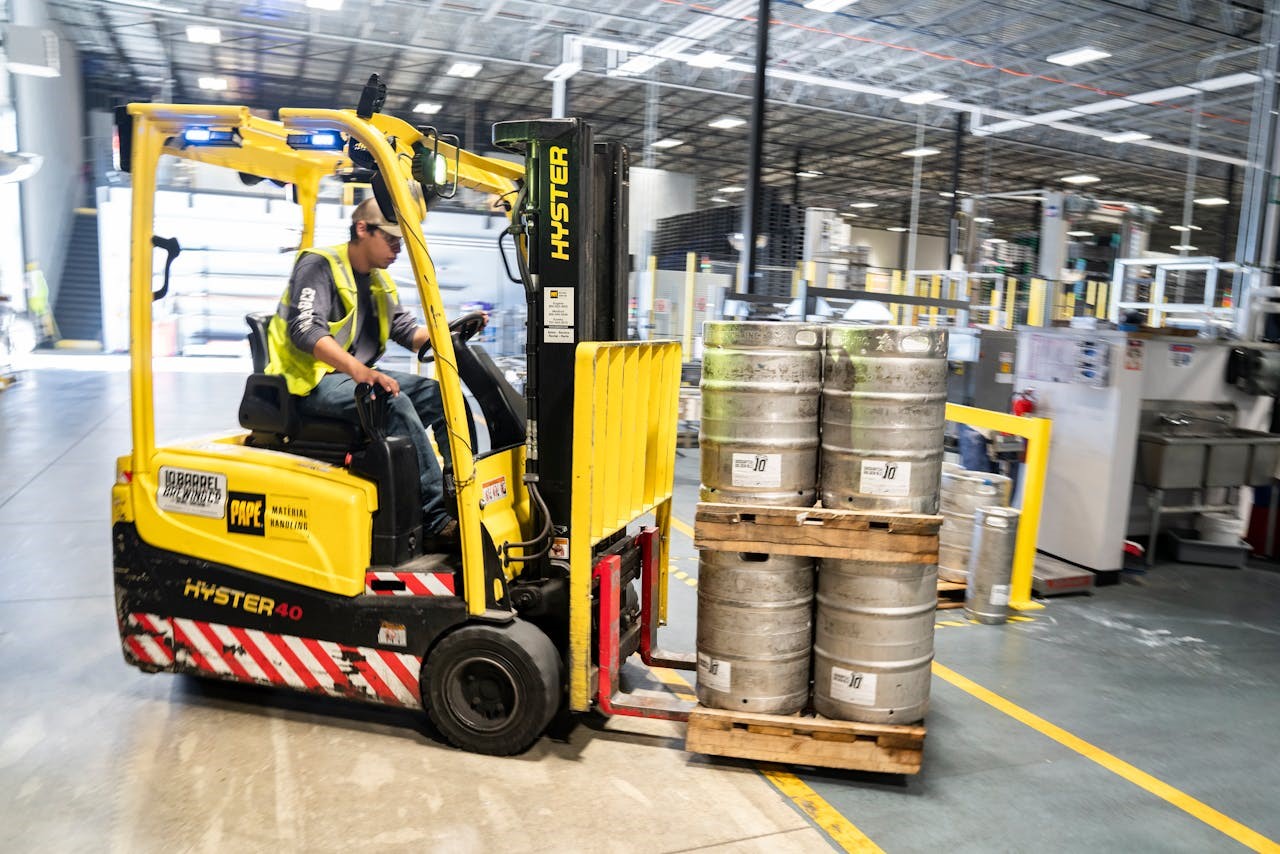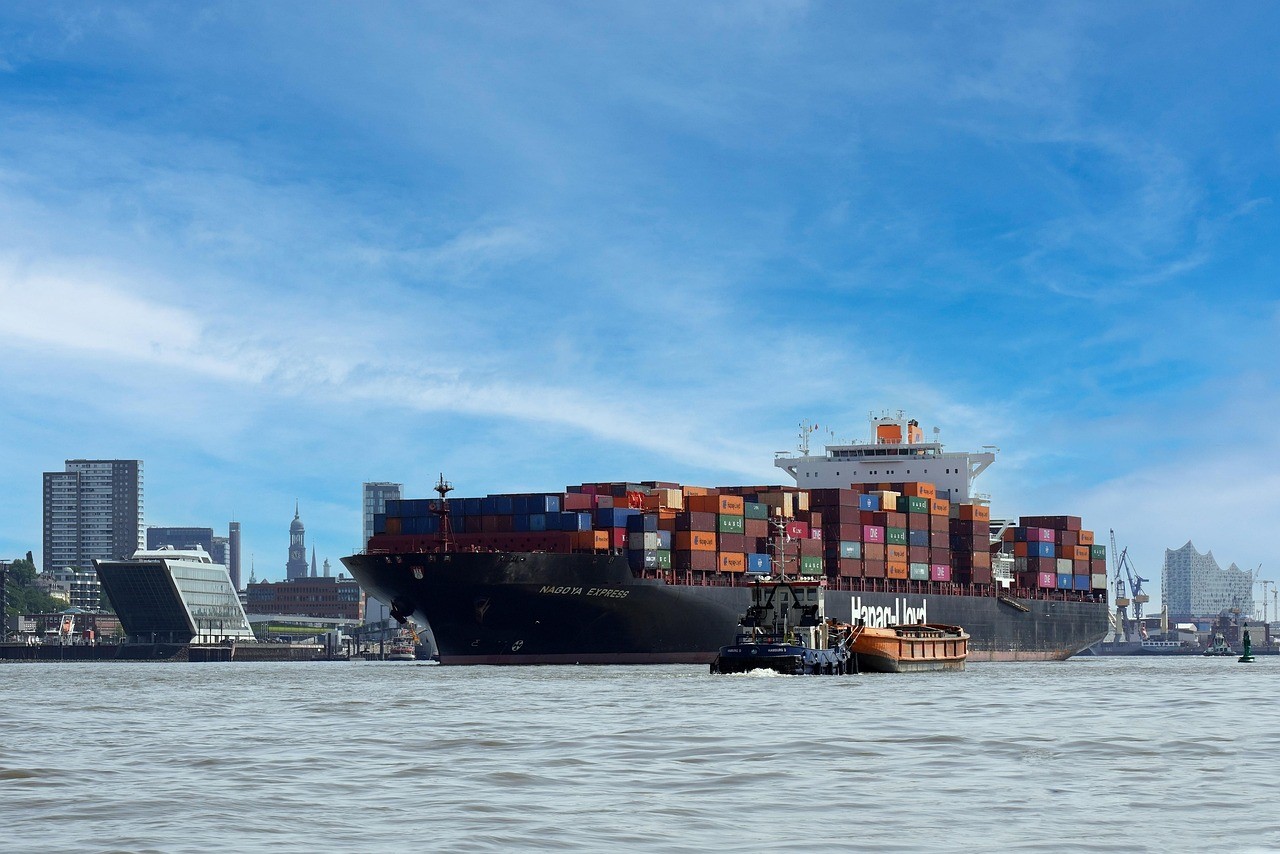
Now that the European Union Corporate Sustainability Reporting Directive (CSRD) has finally been outlined in more concrete terms, many companies are facing the same question: Are we ready for new CSRD reporting requirements?
There has long been talk about the European sustainability reporting directive, and many have followed the progress of the process every step of the way. Since last summer, we have received more detailed information about the future directive – in terms of both its content and the schedule of its implementation. The European Council gave a final green light to the implementation of the directive in late November. This means it is finally about to happen.
More demanding CSRD reporting
One very significant change to the current state of affairs is that the CSRD requires an increasing number of companies to include a sustainability report as part of the management report. In addition, the report must be machine-readable and the external assurance of reported data will also become mandatory in order to ensure reliability.
Reporting according to the CSRD will start in phases for different companies, so there is still time to prepare.
- Companies that are currently under an obligation of non-financial reporting, NFRD (large public interest entities with over 500 employees) must report on data regarding year 2024. These organisations will publish their first reports in accordance with the new directive in early 2025.
- a balance sheet total of no less than EUR 20 million
- a net turnover of no less than EUR 40 millionReporting on data regarding 2025 applies to listed and unlisted companies that meet at least two of the three criteria below
- an average of 250 employees during the financial year
- Listed companies and SMEs will start CSRD reporting on year 2026
- Companies outside the EU with a filial or permanent location within the EU and turnover in the EU of no less than EUR 150 million must report data regarding 2028
Which matters will be covered in CSRD related reporting?
A set of European Sustainability Reporting Standards (ESRS) will be drawn up to help in compliance with the CSRD by providing extensive practical examples. The standards will include clear instructions on information to be reported. Drafts of the standards were published in mid-November 2022 and their contents give an ample preview of what is to come.
The draft standards cover the various areas of sustainability (ESG): environmental, social and good governance.
The drafts describe the contents of reporting:
- Strategy and business model in relation to sustainability
- Governance and management in relation to sustainability
- Identification of impacts, opportunities and risks related to sustainability
- Targets, metrics, action plans, implemented measures and allocated resources related to sustainability
- Performance indicators
According to the draft, matters to be reported include:
- Emissions caused by a company’s own operations and the entire value chain (Scope 1, 2 and 3 emissions). Emission reporting is mandatory for all.
- Emissions into the air, ground and water
- Water use
- Policies and action plans in relation to biodiversity and ecosystems
- The use of different materials and the amount of waste and side streams, along with processing methods
- Action plans and measures for minimising negative effects on personnel and for ensuring appropriate working conditions, including factors such as occupational safety and the difference in salaries between men and women
- Identified negative impacts and human rights risks regarding employees in the value chains, and measures for minimising these effects
- Principles and action plan on managing negative effects and opportunities related to local communities
- Ethical guidelines for preventing practices such as bribery and corruption
The European Commission aims to approve the general sustainability reporting standards by June 2023. In addition, complementary and sector-specific standards will be published by January 2024.
Read also: CSRD and sustaimability reporting – 5 + 1 tips
Nothing new was actually invented
Sustainability professionals have been paying close attention as work on the CSRD has progressed and noticed any information revealed about the future directive’s contents. A significant number of companies have already conducted preliminary assessments of their preparedness for responding to the directive entering into force. Currently, many companies are putting a lot of thought into how they should improve their operational methods and reporting in order to meet the new demands that the CSRD imposes. In order to be ready in time. In order to not be taken by surprise by the responsibilities.
It can be a relief to know that there is actually nothing completely new and ground-breaking in the EU sustainability reporting standard drafts. In fact, the standards are being developed in collaboration with existing sustainability reporting standards, frameworks and initiatives.
The sustainability principle of minimising the adverse impacts a company’s operations have on the environment, people and the economy, remains unchanged. The standards also take into account financial impact, risks and opportunities. Reporting includes effects on the company’s business operations and value creation related to sustainability. In other words, a single standard will now bring together a variety of perspectives: reporting both the business operation’s impacts on the environment and people, and the effect climate and other sustainability related risks have on the business.
Can you breathe a sigh of relief when it comes to the CSRD?
No completely new reporting requirements have been introduced in the sustainability reporting standards, but rather they bring together essential and tested matters of sustainability. They have been drawn up on the basis of Global Reporting Initiative (GRI) standards and reporting principles of the Task Force on Climate-related Financial Disclosures (TCFD), among others.
GRI has engaged in long-term collaboration with the EFRAG (European Financial Reporting Advisory Group) working group, which is responsible for careful drafting of the ESRS. A company that already complies with GRI standards in its sustainability reporting will be well prepared to respond to the demands of the coming sustainability standards. GRI has produced materials that companies can use to assess their own performance in relation to the coming sustainability standards.
In addition, companies whose sustainability report has been entirely or partly audited will already be aware of the requirements assurance imposes on the consistency and quality of data collection and reporting.
There are open questions regarding how to collect, consolidate and manage sustainability data both for companies that published their first sustainability report just last year and for experienced reporters. Is the data reliable and of the highest possible quality? Is the origin and data source known and can its audit trail be identified all the way to the source? Are the reporting process and the reported data ready for external assurance? Even companies with advanced sustainability reporting practices are now working on these questions.
A consistent sustainability reporting standard, a sustainability report signed by the board of directors, and third-party assurance of the reliability of data are positive factors for companies, even though they do cause extra work. There is time to prepare. Right now, it will pay off simply to continue ambitiously working towards improving sustainability and making the reporting process more precise.
***
Tofuture’s cloud-based tool allows companies to compile organisation-wide data in accordance with the CSRD and forthcoming sustainability reporting standards, while also automating data collection. The tool enables you to calculate Scope 1, 2 and 3 emissions and consolidate company-wide data. You can increase your confidence in the data and improve its reliability. This makes a company ready for the assurance of its sustainability report.
Contact us, and let’s find out together how we can help to bring your company’s sustainability data to the level required by the EU directive.
Cover photo: Son Tung Tran, Pexels


































